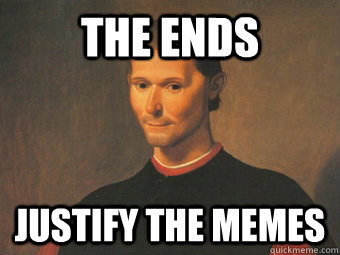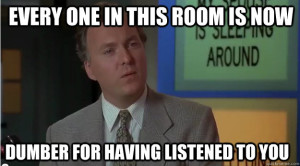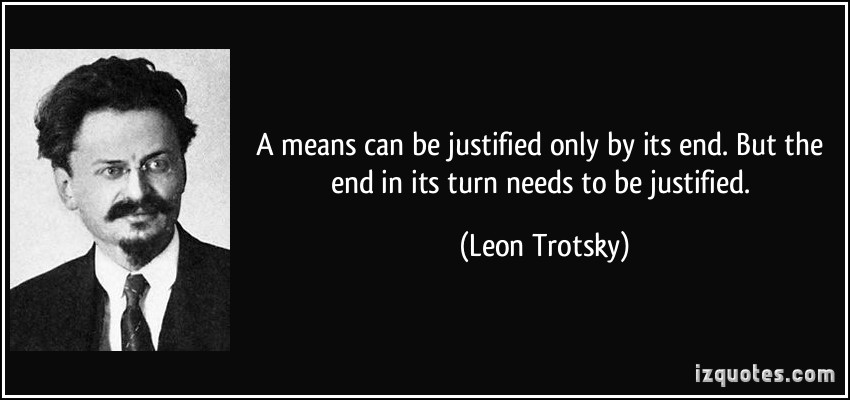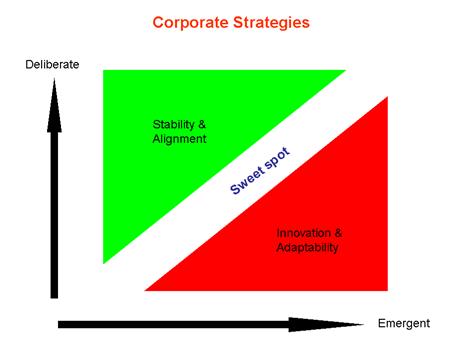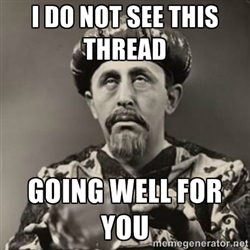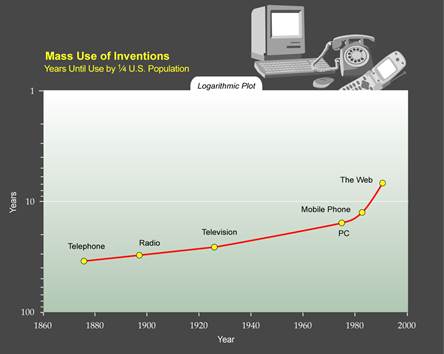Hi folks,
In 1915, Einstein was already an established genius. He had published his special theory of relativity ten years earlier, was the director of the Kaiser Wilhelm Institute for Physics, a professor at the Humboldt University of Berlin, and a member of the Prussian Academy of Sciences. Yet, he struggled.
His marriage was falling apart, he was living in a Europe ravaged by World War I, and he couldn’t seem to get his equation for general relativity right – all while fellow big-brain mathematician genius David Hilbert raced him towards the solution.
In November of 1915, Einstein was scheduled to present his theory in a series of 4 weekly lectures at the Prussian Academy. He wasn’t ready. In each subsequent lecture, he corrected the mistakes of the previous lecture as he continued to develop his theory. His efforts to convince people of his radical new theory were failing.
Finally, prior to his final lecture, he tested his latest equations on the orbit of Mercury – a problem that Newton’s theory of gravity couldn’t solve. It worked. His calculations matched exactly the observations of astronomers. Humankind had a new theory of reality.

The pages of algebra that constitute the theory condense elegantly into the following:

There are innumerable amazing things about this equation. But perhaps most important was Einstein’s ability to reach across disciplines and bring elements together for a unified theory.
G is the shape of spacetime and T is the distribution of mass and energy. G is founded in geometry and mathematics. T is founded in physics and matter and movement. The two naturally live in different universes. Yet Einstein brought them together, discovered the relationship, and changed the world forever.
How is this relevant to our work lives?
We live our lives in silos. We silo our lives into categories of family, friends, work, recreation. We silo our organizations into departments and divisions. We work on different floors, build walls and offices with closed doors, and insulate ourselves from the unfamiliar.
But beautiful things happen when we break down the walls – when we’re able to collaborate across boundaries and realize shared interests and goals. When we’re able to become greater than the sum of our parts. No, none of us will be the next Einstein, but at least we can try to break down some walls and see where we can unify people, groups, projects, ideas – unify for the betterment of us all.

Rex



